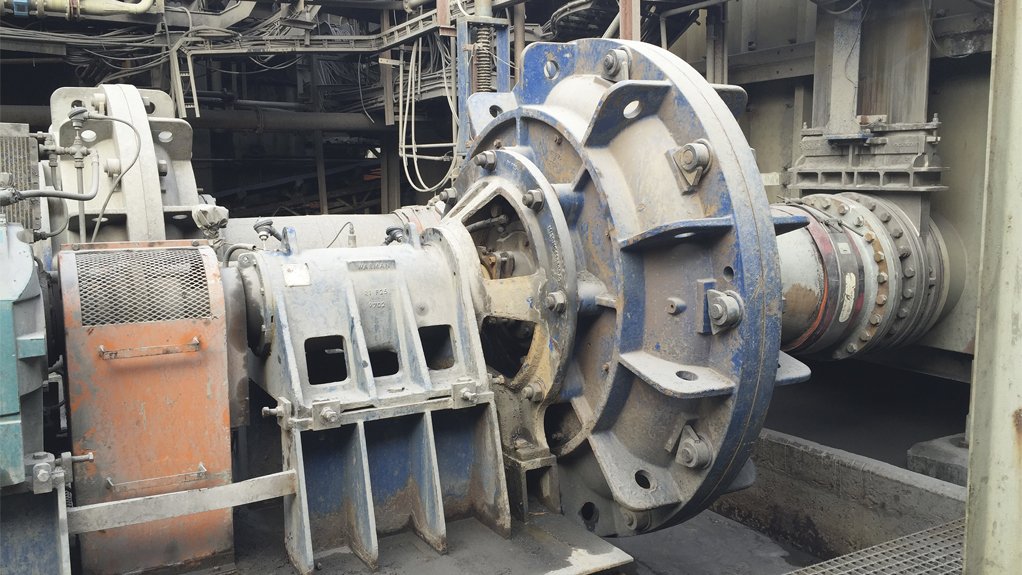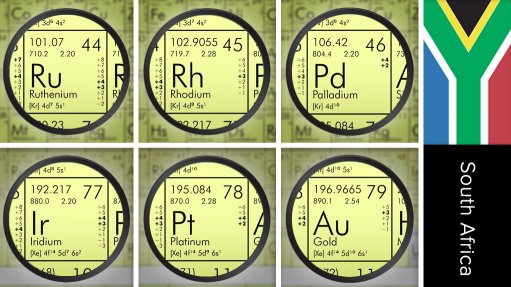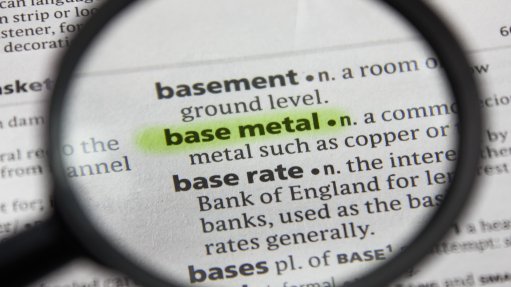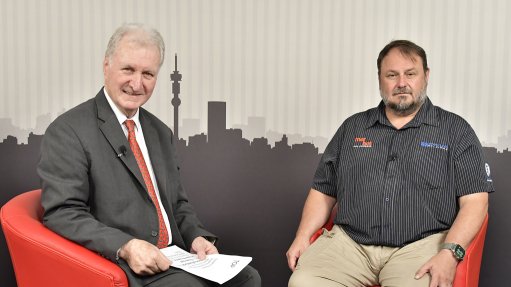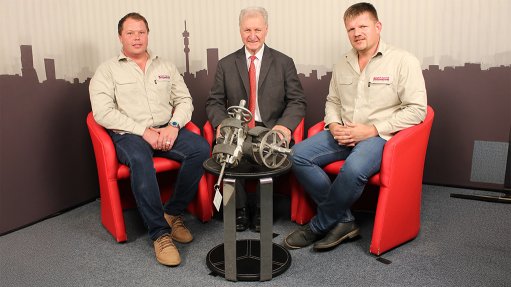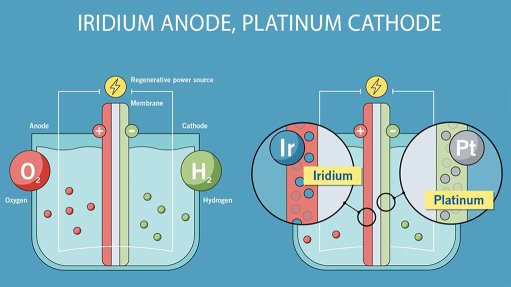Upgrade pumps first when increasing minerals processing throughput
The demand for higher production rates is placing greater pressure on minerals processing plants to produce greater tonnages. Pumps play a crucial role in minerals processing and need to be correctly specified to accommodate increased production to maintain cost-effective, energy efficient operations, says pumps manufacturer Weir Minerals Africa pump products GM Marnus Koorts.
“As minerals processing plants increase in size to realise greater production levels, so does much of the equipment employed on site. However, the first port of call when upgrading equipment should be pumps. If you can't transport material effectively, it really doesn't matter how many more tonnes are pushed through the front end of the operation.”
Selecting the incorrect pump size for specific applications is a significant problem encountered by many of Weir Minerals Africa’s customers when they try to handle upgrades in-house or partner with nonoriginal-equipment-manufacturer suppliers, advances Koorts.
“There are many pumps designed to deliver the same flow rate but they cannot all handle the same application. The Warman mill circuit pump is suitable for coarse particles, while a standard Warman AH pump can accommodate a variety of materials, for example. It is very easy to select a pump that, at bare minimum, will do the job, but it won’t do it very efficiently and may result in financial losses, owing to excessive maintenance and energy consumption.”
He adds that there is a science to pump selection.
“Pumps that are too small are at risk of substantial wear and failure. In some instances, you have pumps that fail within hours of being commissioned.”
Conversely, pumps that are too large for an application are also not ideal.
“If a pump is too large, the material will be spun inside more than what is optimal before being expelled, causing increased wear, sometimes fourfold, and higher than necessary energy consumption,” explains Koorts.
Maintenance Matters
Maintenance of pumps is a labour-intensive process, with many sites having multiple pumps installed that need to be serviced every two to three months.
“Therefore, labour coordination is already excessive when aiming to effectively manage a fleet of pumps, without having to worry about unnecessary breakdowns, owing to incorrectly specified equipment.”
That is why the main design philosophy applied to Weir Minerals’ range of Warman pumps is centred around ease of maintenance, says Koorts.
He says this is evident through Weir Minerals’ development of self-aligning cover plates; Accumin automatic lubricators deliver a uniform, measured dose of lubricant to the vital points on Warman pumps and split cover plates that enable access to the impeller for maintenance, eliminating the need to remove the entire cover in confined areas.
Additionally, space constraints also need to be considered when upgrading pumps at minerals processing plants. A bigger pump needs a larger footprint and most plants are not designed with the purpose of providing additional space to accommodate potential upgrades.
“Weir Minerals has a strong engineering team that helps customers integrate larger kits into existing installations. This service is an advantage of partnering with Weir Minerals as it is offered to our customers free-of-charge and, basically, gives them access to a plug-and-play solution when they want to upgrade and increase their tonnages.”
The Future of Pumps
Going forward, Koorts expects greater demand for rubber-lined pumps over unlined, metal versions, to reduce wear and maintenance costs.
In one instance, where Weir Minerals changed 23 unlined Warman pumps to rubber-lined versions in a tailings application, the customer saved 74.62% on the running cost of every pump.
“Most suppliers don’t have rubber versions of their pumps or only offer rubber-lined versions of their smaller pumps, because rubber moulds are quite expensive. Weir Minerals has invested significantly in rubber technology and the market is starting to change, especially regarding the adoption of rubber in large pumps.
“While you may think rubber is softer and prone to breaking, it is effective at bouncing large particles out of the inner shell and back into the pump. Moreover, we have undertaken research and development (R&D) to produce a rubber with significantly lower tear properties,” elaborates Koorts.
Weir Minerals is also receiving increasingly more enquiries about the environmental impact of its pumps’ operation, as well as the carbon footprint associated with their manufacturing.
While the company is focused on improving the environmental impact of the equipment it manufactures, Weir Minerals is also dedicated to improving the carbon footprint of its manufacturing process by incorporating renewable power sources, says Koorts.
Waterless seals, or seals that use less water, are also expected to trend in future, especially with water being a scarce commodity in Africa and a substantial amount of water being required to flush sealing systems.
Consequently, Weir Minerals is undertaking R&D to improve the water consumption of pump sealing arrangements. Koorts also predicts that the use of mechanical seals will become more prominent, as they are mostly waterless.
“Although there is work to be done to advance pumps through R&D, we won’t see a change in the technology used to transport material in the minerals processing space in the short to medium term. Pumps will continue to dominate,” he concludes.
Article Enquiry
Email Article
Save Article
Feedback
To advertise email advertising@creamermedia.co.za or click here
Press Office
Announcements
What's On
Subscribe to improve your user experience...
Option 1 (equivalent of R125 a month):
Receive a weekly copy of Creamer Media's Engineering News & Mining Weekly magazine
(print copy for those in South Africa and e-magazine for those outside of South Africa)
Receive daily email newsletters
Access to full search results
Access archive of magazine back copies
Access to Projects in Progress
Access to ONE Research Report of your choice in PDF format
Option 2 (equivalent of R375 a month):
All benefits from Option 1
PLUS
Access to Creamer Media's Research Channel Africa for ALL Research Reports, in PDF format, on various industrial and mining sectors
including Electricity; Water; Energy Transition; Hydrogen; Roads, Rail and Ports; Coal; Gold; Platinum; Battery Metals; etc.
Already a subscriber?
Forgotten your password?
Receive weekly copy of Creamer Media's Engineering News & Mining Weekly magazine (print copy for those in South Africa and e-magazine for those outside of South Africa)
➕
Recieve daily email newsletters
➕
Access to full search results
➕
Access archive of magazine back copies
➕
Access to Projects in Progress
➕
Access to ONE Research Report of your choice in PDF format
RESEARCH CHANNEL AFRICA
R4500 (equivalent of R375 a month)
SUBSCRIBEAll benefits from Option 1
➕
Access to Creamer Media's Research Channel Africa for ALL Research Reports on various industrial and mining sectors, in PDF format, including on:
Electricity
➕
Water
➕
Energy Transition
➕
Hydrogen
➕
Roads, Rail and Ports
➕
Coal
➕
Gold
➕
Platinum
➕
Battery Metals
➕
etc.
Receive all benefits from Option 1 or Option 2 delivered to numerous people at your company
➕
Multiple User names and Passwords for simultaneous log-ins
➕
Intranet integration access to all in your organisation



